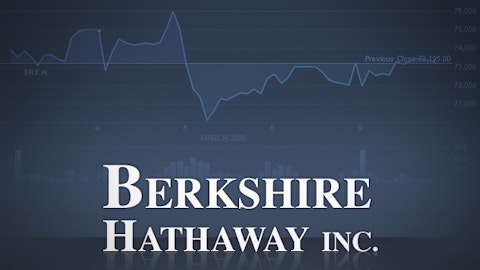Republicans in Congress are cutting food stamps, the latest development in the farm bill saga. Let us explain.
Last week, in a 217-210 vote, the House narrowly passed a Republican-crafted bill to cut billions from the US food stamp program. And this highly publicized action may have further consequences – it could potentially diminish the odds that Congress will push through a farm bill by a September 30 deadline.
The vote is the latest development in what we’ll call Washington’s farm bill saga. An increasingly partisan situation that began last July when talks over food stamp funding failed, the farm bill debate led to the expiration of the 2008 version of the bill. Congress later agreed to extend that bill for one year.

The White House issued a statement on Wednesday that President Obama would veto the House’s latest bill, which slashes the the food stamp program’s budget by $39 billion over the next decade and leaves an estimated 3.8 million people ineligible for participation within the next year.
Senate Agriculture Committee Chairwoman Debbie Stabenow condemned the bill after the House vote, stating, “We have never before seen this kind of partisanship injected into a Farm Bill. Not only does this House bill represent a shameful attempt to kick millions of families in need off of food assistance, it’s also a monumental waste of time. The bill will never pass the Senate, and will never be signed by the President.”
Expiring farm bill woes
Only six working days remain before the current farm bill expires, after which many USDA programs return to conditions outlined in the permanent Agricultural Adjustment Act of 1938 and Agricultural Act of 1949. That’s right, legislation written over sixty years ago.
Under the Agricultural Act, certain commodities – barley, corn, cotton, dairy products, grain sorghum, honey, oats, rice, rye, and wheat – will receive price support from the federal government, while peanut, oilseeds, and sugar will not. This means that if current prices for the selected commodities are below the targets established in the 1949 law, the government has to buy them until the product prices rises to the set or “parity” price.
Milk will be most impacted by the reversion, as the product’s wholesale price will more than double, potentially causing the retail price to rise to $7 a gallon in early 2014. The profit dairy farmers would see from the outdated pricing would be short lived – last December, National Milk Producers Federation spokesman Chris Galen told The New York Times that the high cost of milk would weaken consumer demand and potentially drive dairy companies to import cheaper milk to make butter, cheese, yogurt, and other products.
Meanwhile the beef industry’s ongoing high pricing stems from last year’s historic drought and stalled farm bill, and will continue in the absence of new legislation. US cattle inventory fell to 89.3 million this January, its lowest level since 1952. Extreme drought conditions led to an increase in producers sending cattle to slaughter early, to help contend with rising prices associated with raising cattle.
Cattle farmers have struggled during the drought since the 2011 expiration of the disaster insurance program left them without government aid. Failure to pass a new farm bill will result in another year lacking the much needed insurance.
Trouble behind, trouble ahead?
Considering the uncertainty in Washington surrounding the agriculture industry, we decided to look for stocks that might be impacted. A close look at the companies engaged in dairy and beef production or processing in the US revealed that the following three have red flags in their sales trends, in terms of accounts receivables and inventory.
Accounts receivable is the portion of revenue yet to be received, and there is no guarantee that the company will ever get the money. Therefore, slower growth in revenue than accounts receivable year-over-year as well as accounts receivable comprising a larger portion of current assets can be a troubling sign.
Inventory, the portion of goods not yet sold, is another sales metric. Like accounts receivable, slower growth in revenue than inventory over the last year and inventory growing as a portion of current assets over the same time period is also indicative of negative sales growth, and is considered discouraging.
Click on the image below to see sales data over time.
Do you think these companies will be able to eliminate their accounting red flags if Congress fails to pass a farm bill? Use this list as a starting point for your own analysis.
1. Lifeway Foods, Inc. (NASDAQ:LWAY) (LWAY, Earnings, Analysts, Financials): With its subsidiaries, manufactures dairy and non-dairy health food products.
Market cap at $230.32M, most recent closing price at $14.09.
Revenue grew by 12.31% during the most recent quarter ($23.08M vs. $20.55M y/y). Inventory grew by 43.83% during the same time period ($7.81M vs. $5.43M y/y). Inventory, as a percentage of current assets, increased from 27.44% to 29.71% during the most recent quarter (comparing 3 months ending 2013-06-30 to 3 months ending 2012-06-30).





